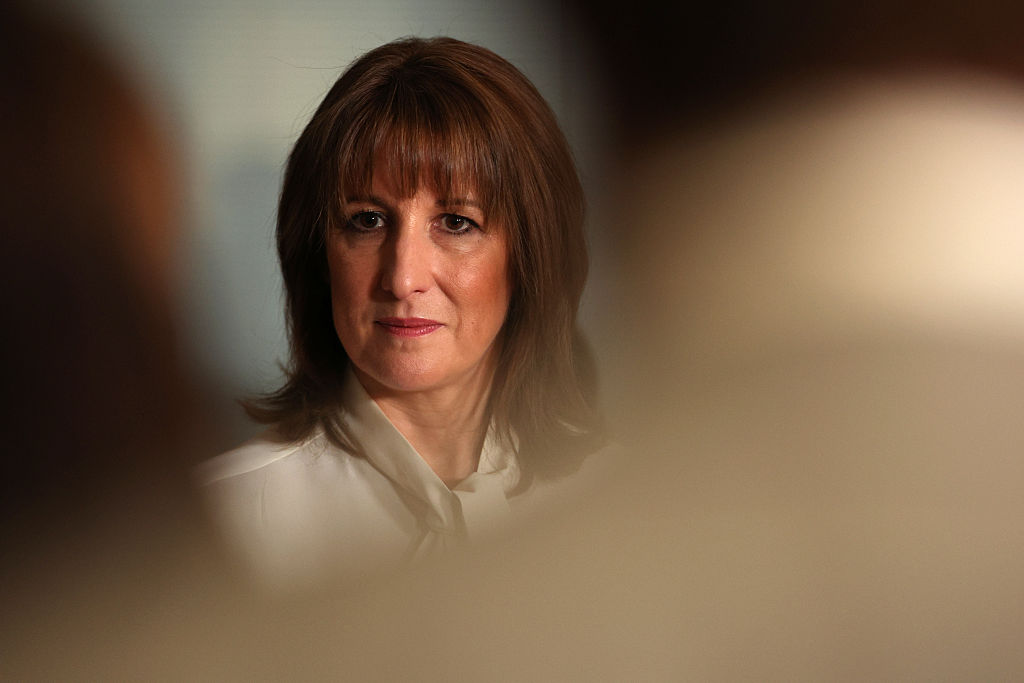Why oil shippers are headed for choppy waters
The construction boom in double-hulled oil tankers means there will soon be too many ships chasing too little oil. But there's still money to be made from investing in shipping, as Jody Clarke discovers.

Sitting idle and empty in the port of Honolulu, the world's last sail-driven oil tanker faces demolition this year. It isn't the only one by 2010, 400 other tankers will also have been scrapped, due to a UN order that the current 20-30-year-old fleet be destroyed following a series of environmental catastrophes. The most infamous, the Exxon Valdez disaster in 1989, led to a policy stating that by 2010 all oil tankers must be double-hulled. The resulting fear of a ship shortgage, along with the rising volumes of oil being shipped, has led to a sharp spike in the cost of transporting oil worldwide, which in turn has boosted the share prices of a number of shipping companies.
However, that doesn't mean you should rush out and buy any of them. Soon, there will actually be too many ships fighting over too little oil. Short term, the market may look tight spot freight rates for supertankers or very large crude carriers (VLCCs) are hovering around $110,000 a day against $55,000 last year, as firms rush to scrap the single-hulled ships that caused one oil spill after another in the 1970s and 1980s. But that's led to a rush to order more new double-hulled tankers. These already account for 77% of the world's total tankers, according to Clarkson Research Services Ltd, leaving a big gap but not an insurmountable one to be filled.
Take Teekay, Frontline and Overseas Shipholding, for example these shipping firms earned a combined $2.2bn in 2004, triple the level of a year earlier, thanks to rising oil demand from the East. But much of that profit was ploughed into ordering 522 tankers of varying capacity from shipbuilders, mostly from South Korea. These tankers are now being delivered. As for the global market for monster-sized VLCCs, according to Cantor Fitzgerald around 62 more will come into service in 2009, followed by 44 in 2010. Given that, there are only 450 VLCCs now on the seas, that's a lot of new ones and so there is a big risk that there will soon be more ships than there is oil to transport.
MoneyWeek
Subscribe to MoneyWeek today and get your first six magazine issues absolutely FREE

Sign up to Money Morning
Don't miss the latest investment and personal finances news, market analysis, plus money-saving tips with our free twice-daily newsletter
Don't miss the latest investment and personal finances news, market analysis, plus money-saving tips with our free twice-daily newsletter
Indeed, according to Amir Azizan, Chief Executive of American Eagle Tankers, quoted in Lloyds List, the cost of transporting crude oil by sea is set to slump dramatically because of the number of ships being built, especially in the market for VLCCs. The International Energy Agency agrees, arguing that fleet expansion will "massively" exceed growth in cargoes over the next two years, with futures contracts pricing in tanker rates around 65% lower than today's by 2010.
Making matters worse in the short term, Iran currently has 11 supertankers sitting in the Persian gulf. With refineries unable to take the crude oil Iran is now producing until later this summer, it's currently using them as storage. But when demand for that oil kicks back in, the Iranian National Oil Company will quickly have those ships back at sea.
On the flipside, shipping companies are hoping that oil demand from emerging markets will remain robust, even as economic woes slow demand in America and Europe. However, such hopes may be in vain. In June, oil prices rose 41% in Malaysia, 17% in China and 10% in India. As a result, Facts Global Energy Group, a consultancy in Singapore, expects Asian oil demand to rise just 2.7% this year, down from an earlier estimate of 3.3% as consumers respond. For example, Manila's suburban public rail network, like many others, has reported a surge in demand as people start abandoning their cars. Tricky times may lie ahead for oil shipping companies
The best bets in the shipping sector
Frontline (NYSE:FRO) has capitalised more than most on the current tightness in the oil-tanker market. That's largely down to the firm taking advantage of rising day rate fees, which have surged above the long-term freight rates charged by competitors. In the short term, spot market supertankers now cost about double what firms such as Tsakos Energy Navigation Ltd were charging last year as their long-term rate, according to Bloomberg. As a result, Frontline reported excellent results for the first quarter of his year, with a 52% jump in revenue and an attractive dividend of $2.75 a share.
However, recent fears of a glut of shipping have fed into the share price, which has dropped to $61 from its 52-week high of $69 set last month. And although the firm looks cheap on a forward p/e of 7.6, there are few reasons to expect much share-price growth in the short term.
So a better bet might be one of the ship broking firms, which have also come off recent highs, despite strong order books. Acm Shipping Group (LSE:ACGM), for example has posted a profit every year since it was founded in 1982, and last month posted a 37% jump for the full year. As well as collecting fees from the sale and purchase of oil tankers, both new and second hand, it is moving into other areas, such as cargo, and has recently bought a smaller rival, Harris & Dixon. It's up 43% since flotation two years ago, the p/e for this year is 12 times.
Get the latest financial news, insights and expert analysis from our award-winning MoneyWeek team, to help you understand what really matters when it comes to your finances.
Jody studied at the University of Limerick and was a senior writer for MoneyWeek. Jody is experienced in interviewing, for example digging into the lives of an ex-M15 agent and quirky business owners who have made millions. Jody’s other areas of expertise include advice on funds, stocks and house prices.
-
 Christopher Harborne: Reform UK donor and crypto billionaire
Christopher Harborne: Reform UK donor and crypto billionaireChristopher Harborne came into the spotlight when it emerged he had given £9 million to Nigel Farage's Reform UK. How did he make his millions?
-
 Reeves's business rates hike will crush the British economy
Reeves's business rates hike will crush the British economyOpinion By piling more and more stealth taxes onto businesses, the government is repeating exactly the same mistake of its first Budget, says Matthew Lynn
